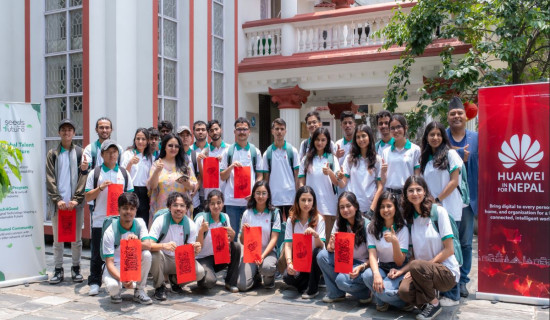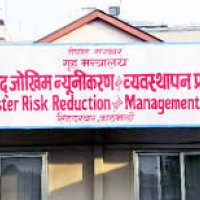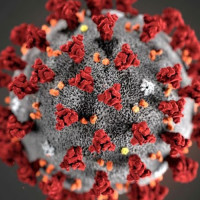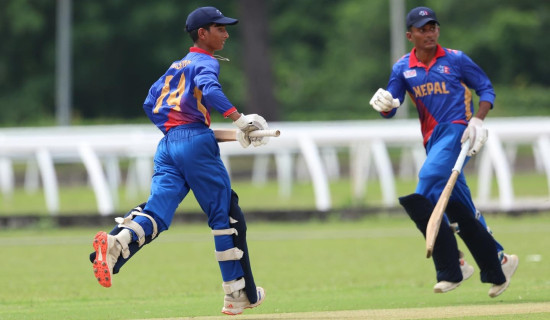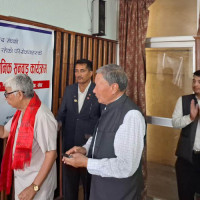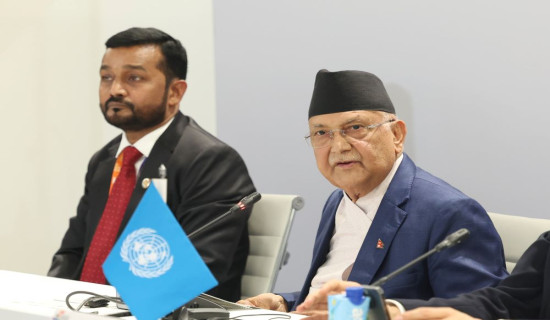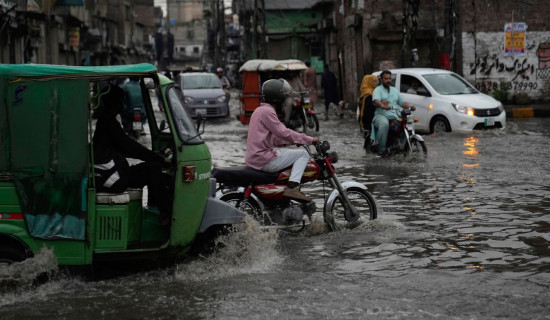- Tuesday, 1 July 2025
Symbols, Strikes And Plea For Peace
On May 7, 2025, India launched 'Operation Sindoor' in response to the terrorist attack in Pahalgam, which claimed 26 lives, including a Nepali youth. According to the Times of India, the Indian armed forces executed 'Operation Sindoor' by 'dismantling nine terrorist camps' in Pakistan and Pakistan-Occupied Kashmir (PoK). After four days of missile strikes, drone incursions, and artillery battles across the Line of Control (LoC) between India and Pakistan, they agreed to a ceasefire effective from the evening of 10 May, halting all military actions on land, air, and sea.
The word sindoor carries deep cultural significance for the Hindu community. It refers to the vermilion mark applied to a woman’s forehead by her husband during a traditional Hindu wedding. Married Hindu women continue to wear sindoor as a sign of their marital status until death. Traditionally, many women are raised to believe that sindoor is central to their identity and that its presence symbolises a meaningful life. Many even hope to die with sindoor still on their foreheads, implying that their husbands are still alive when they pass.
Challenge
However, feminist movements in India, Nepal, and elsewhere have long challenged this notion. They argue that women must be educated and empowered to live independent lives, free from cultural norms that bind their identity to that of their husbands. These movements seek to dismantle beliefs that reinforce gender inequality and diminish women's autonomy. In his first address following the ceasefire, Prime Minister Narendra Modi, referring to the symbolism of sindoor, declared that enemies had faced the consequences of attempting to take it away. He contextualised Operation Sindoor as a continuation of India’s anti-terror strategy, following the 2016 surgical strikes and the 2019 air strikes.
While PM Modi may have used sindoor to evoke the grief of Hindu women who lost their husbands in the Pahalgam attack, the symbolism is problematic. While the loss of any human life to terrorism is tragic and must be addressed seriously, linking that loss exclusively to a religious or cultural symbol can be divisive. It risks reinforcing stereotypes and marginalising other narratives. Romanticising symbols like sindoor, especially in the context of military operations, can perpetuate gender-based violence (GBV) and deepen cultural stigmas.
The decades-long animosity between India and Pakistan remains a central obstacle to peace in South Asia. Despite political tensions, people across the region share familial, cultural, and religious bonds. Countless families remain divided by the Partition of 1947, with relatives living across India, Pakistan, and Bangladesh. Open-border marriages between Indians and Nepalis are also common, and many families straddle the border.
After the Pahalgam attack, widespread media coverage informed the public but also created sensational narratives that may not have been conducive to peace. In response, several conferences — both virtual and in-person — were organised to express solidarity with victims and to urge both governments to handle the situation with sensitivity.
One such initiative is the Southasia Peace Action Network (Sapan), which has worked for regional peace over the past four years. Sapan uses the unconventional spelling Southasia to emphasise the region’s unity, shared geography, and common history. Through frequent virtual meetings, Sapan has consistently voiced the public’s desire for peace over conflict. During these gatherings, participants noted parallel experiences of censorship, hypernationalism, and civilian casualties in both India and Pakistan after the attack in Pahalgam.
Sapan's meetings include leading activists, educators, and artists from Southasia and the global diaspora. On 7 May 2025, the group released a petition calling for an end to war-mongering and censorship, signed by more than 6,000 individuals, including filmmaker Anand Patwardhan, author Dilip D’Souza, activist Dr Syeda Hamid, educationist Lalita Ramdas, physicist Pervez Hoodbhoy, journalist Anuradha Bhasin, Kanak Mani Dixit, and many others from India, Pakistan, Nepal, the U.S., the U.K., New Zealand, and South Africa.
Following the ceasefire, Sapan released an official statement on 12 May 2025. It begins by stating, “Unequivocally condemning violence and the targeting of innocent lives, the Sapan welcomes the ceasefire between India and Pakistan. We reiterate our belief that this relief highlights a deeper, persistent crisis. The shelling and widespread blackouts along the Line of Control and the international border in the days before the ceasefire, and immediately afterwards, plunged civilian populations into fear and uncertainty. Communities in border regions on both sides — such as Jammu, Mirpur, Kashmir, Muzaffarabad, Gujranwala, Jalandhar, Bahawalpur, Jodhpur, Lahore, Kangra, and many others — continue to bear the brunt. ”
Regional harmony
The statement further noted the cancellation of medical visas and family visits during the crisis, even for women and children, and called for their urgent reinstatement on humanitarian grounds. Sapan also emphasised that mainstream media must act responsibly, avoiding sensationalism and hate speech in favour of verified reporting and voices from affected communities. It has also called upon decision-makers in India and Pakistan to take a step towards sustainable peace and sign a Non-aggression Pact at the earliest.
As technology evolves, it can be harnessed both for creation and destruction. In this era of immense possibility, we must collectively abandon regional disharmony and strive for a peaceful, progressive, and united Southasia.
(Sharma is a senior journalist and women’s rights advocate. namrata1964@yahoo.com or on X @NamrataSharmaP.)



